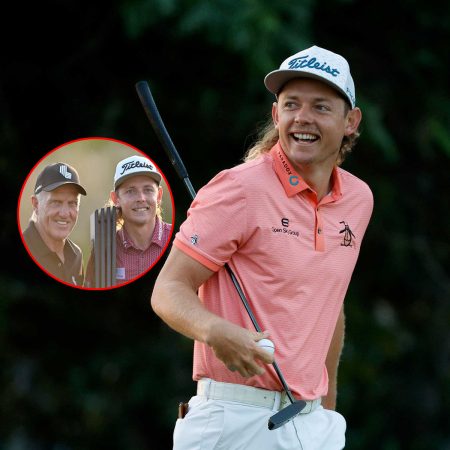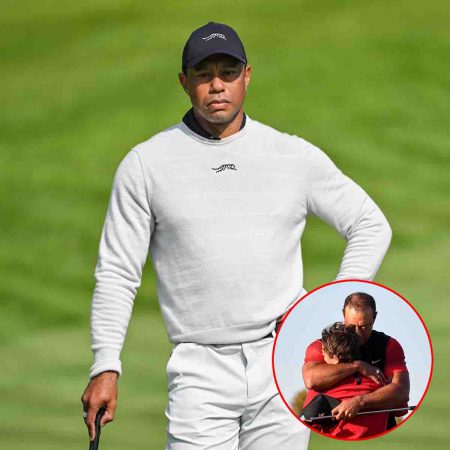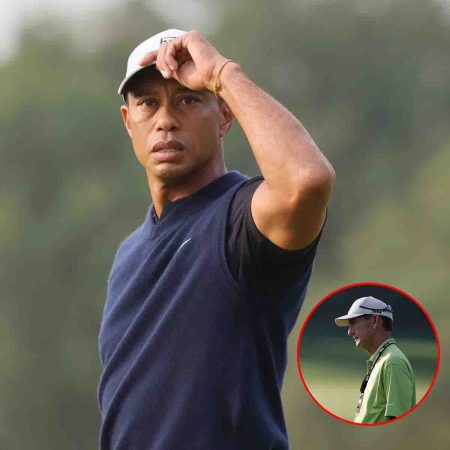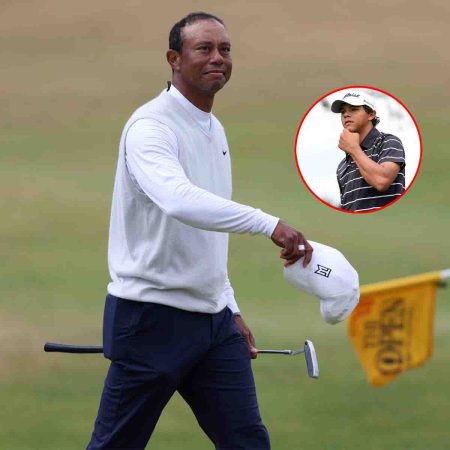For the Golden State Warriors, there is a growing cause for concern in one specific area.
Their most recent loss against the Orlando Magic dropped their homestand record to 5-2, marking their second straight defeat following the Detroit Pistons’ heartbreaking buzzer-beater that finished the season sweep of the defending champs.
The Magic themselves have now swept the Warriors this season — although, the manner with which they disposed of them was more emphatic and dominant than the dogfight that was the Pistons game.
Steve Kerr has been forced into a tough situation as of late. With six players sidelined, rotations have been shorter, lineups have been jumbled, and players have been shuffled in and out in an effort to keep the remaining personnel as fresh as possible.
Perhaps the consequences of a roster crunch — tired bodies, fatigued legs, and the wax-and-wane nature that is part and parcel of a drawn-out NBA season — are taking their toll (Klay Thompson’s late scratch due to left-knee soreness is apparent proof of such, right after playing heavy minutes the past few games).
That seems to be true across the board — but perhaps the strain has affected the Warriors’ frontcourt duo of Draymond Green and Kevon Looney the most.
Green and Looney are the backbone of the Warriors’ rim-protecting frontcourt. Their partnership in terms of rim deterrence and timely weak-side rotations has resulted in the Warriors posting the best opponent rim rate this season: 23.7%, nearly 10 percentage points better than league average, per Cleaning the Glass.
Green, in particular, has been an absolute monster in terms of rim deterrence. Prior to the game against the Magic, opponents shot just 48.5% at the rim against Green — second among 50 players who have played at least 20 games and contest at least four shots at the rim per game.
All of these gaudy rim-deterrence metrics have been made possible despite the Warriors’ dearth of bona-fide point-of-attack stoppers. Looney and Green are backline insurance plans that erase mistakes made up front; sometimes, those “mistakes” are baked into their overall schematic ethos.
“ICE-ing” or “bluing” ball screens — that is, forcing ball handlers to drive along the sideline as a result of denying them usage of a screen — is standard operating procedure for the Warriors and a key aspect of their “no-middle-penetration” philosophy. It requires a certain level of competency from the first-line defender, but even those with several deficiencies with their point-of-attack defense can funnel their man toward Green or Looney to mask their own shortcomings.
Mistake or not, possessions like this where drives from the slot/wing are sent back or discouraged due to Green or Looney “trapping the box” have been a common sight — and quite fun to watch if you’re a defense junkie such as myself:
Franz Wagner attacks Ty Jerome on the catch and easily blows by him. Green is there to rotate on time — and while he doesn’t really contest the shot, the threat of him being there to send a shot away compels Wagner to kick out to the weak-side corner. Donte DiVincenzo — the designated “sink” man whose role is to help the helper — has the pass tracked and easily intercepts it.
While Green — and Looney on occasion — may be the ultimate get-out-of-jail-free card for the Warriors’ often-leaky perimeter defense, there’s only so much they can deter and fix. Not every shot is going to be contested; not every rotation will be on time; not every mismatch is going to have the same amount of zeal and verve required for help to be able to account for it.
For example: When DiVincenzo finds himself cross-matched in transition against Paolo Banchero — who has a six-inch height advantage and approximately 50 pounds on his smaller defender — Green rotates over behind the mismatch to show early help.
However, when Banchero finally makes his move, Green makes zero effort to step in front:
Was it a case of risk assessment — i.e., conserving energy in a lost cause against a much-larger human being? Fatigue? Or general lack of concern? Whatever the case, it serves as proof of Green’s non-infallibility as a rim protector.
Shots like the one above from Banchero serve as an example of how the Warriors fall apart if they don’t manage to nip possessions in the bud before it blooms. While they may be the best at the league at preventing opponents from attempting shots at the rim, they don’t do a particularly good job of sending shots back when opponents manage to slither their way toward the rim.
Opponents shoot a not-so-nice 69% at the rim against the Warriors, eighth worst in the league, per Cleaning the Glass. Combine that against a team such as the Magic — 11th in drives per game (48.4) and fourth in points per game from drives (31.1) — and that is a recipe for unmitigated disaster.
Granted, Wagner is a special, special player. At 6’10” with a 7-foot wingspan, he is a matchup nightmare for most frontcourt defenders. While he doesn’t possess outlier athleticism and burst, he outspeeds larger defenders (such as Looney above) using his relatively nimbler feet. If they manage to stay in front, Wagner’s length allows him to shoot over contests or kiss the ball on the glass over outstretched arms.
While he is more than capable of handling the ball and initiating action for himself or others, perhaps the best use of Wagner on offense is as an off-ball threat who generates downhill momentum through sets that maximize his movement.
Such an effective method of generating pressure at the rim — in turn, pressuring the last line of defense in Looney, forcing help (both baked in and unnecessary), and opening up looks on the perimeter — has been what has burned the Warriors on many an occasion.
The Magic scored 52 points in the paint against the Warriors, who themselves managed only 26 paint points as a result of their preference for shooting threes (58 attempts on 31% shooting). The Magic placed a boatload of stress on the Warriors’ point-of-attack defenders; in turn, they took advantage of a backline duo that seemed to be running on fumes.
Despite the considerable amount of rest in between games, Looney and Green — along with two-way player Anthony Lamb who isn’t as defensively stout — currently comprise the Warriors’ big-man rotation: shortened, depleted, and facing a huge amount of responsibility as the cleanup crew.
Perhaps the answer is simple: Wait for James Wiseman, Jonathan Kuminga, and JaMychal Green to return and bolster their depth.
Or it can be as radical as poring through the available options on the trade market or 10-day-contract-eligible list. A flyer for someone who can eat minutes and give Looney and Green breathers may be necessary.
This upcoming week — with two days of rest before the next game against the Phoenix Suns followed by another two-day break — could be just what the doctor ordered.
Source: https://www.goldenstateofmind.com







